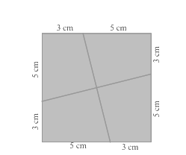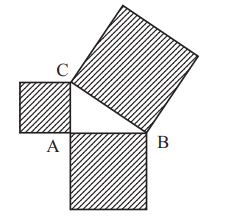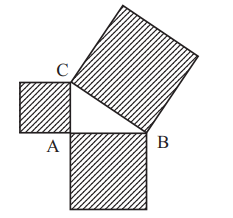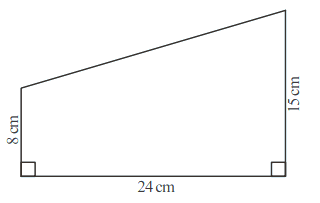Kerala Board Solutions for Chapter: Squares and Right Triangles, Exercise 1: Exercise 1
Kerala Board Mathematics Solutions for Exercise - Kerala Board Solutions for Chapter: Squares and Right Triangles, Exercise 1: Exercise 1
Attempt the free practice questions on Chapter 12: Squares and Right Triangles, Exercise 1: Exercise 1 with hints and solutions to strengthen your understanding. Mathematics for Class 7 - Part 2 solutions are prepared by Experienced Embibe Experts.
Questions from Kerala Board Solutions for Chapter: Squares and Right Triangles, Exercise 1: Exercise 1 with Hints & Solutions
If the sides of the two squares are centimetres long, What is the area of each of these?
When we cut out two squares of the same size and rejoin to make a one large square, the length of a side of this large square is length of the diagonal of the small square.
Using this idea, can we draw a square of area square centimetres?
When we cut out two squares of the same size and rejoin to make a one large square, the length of a side of this large square is length of the diagonal of the small square.
Using this idea, can we draw a square of area square centimetres?
Suppose we cut a square of side centimetres by marking points centimetres from the corners. What is the area of this large square?

The figure given below:

The area of a square with side as is the sum of areas of squares described on other two sides.
To make the area of the largest square , what would be the sides of the smaller squares?
The figure given below:

The area of a square with side as is the sum of areas of squares described on other two sides.
To make the area of the largest square , what would be the sides of the smaller squares?
What is the length in of the fourth side of the quadrilateral shown below?

Some examples of Pythagorean triples are
and and .
Can you find some more?
